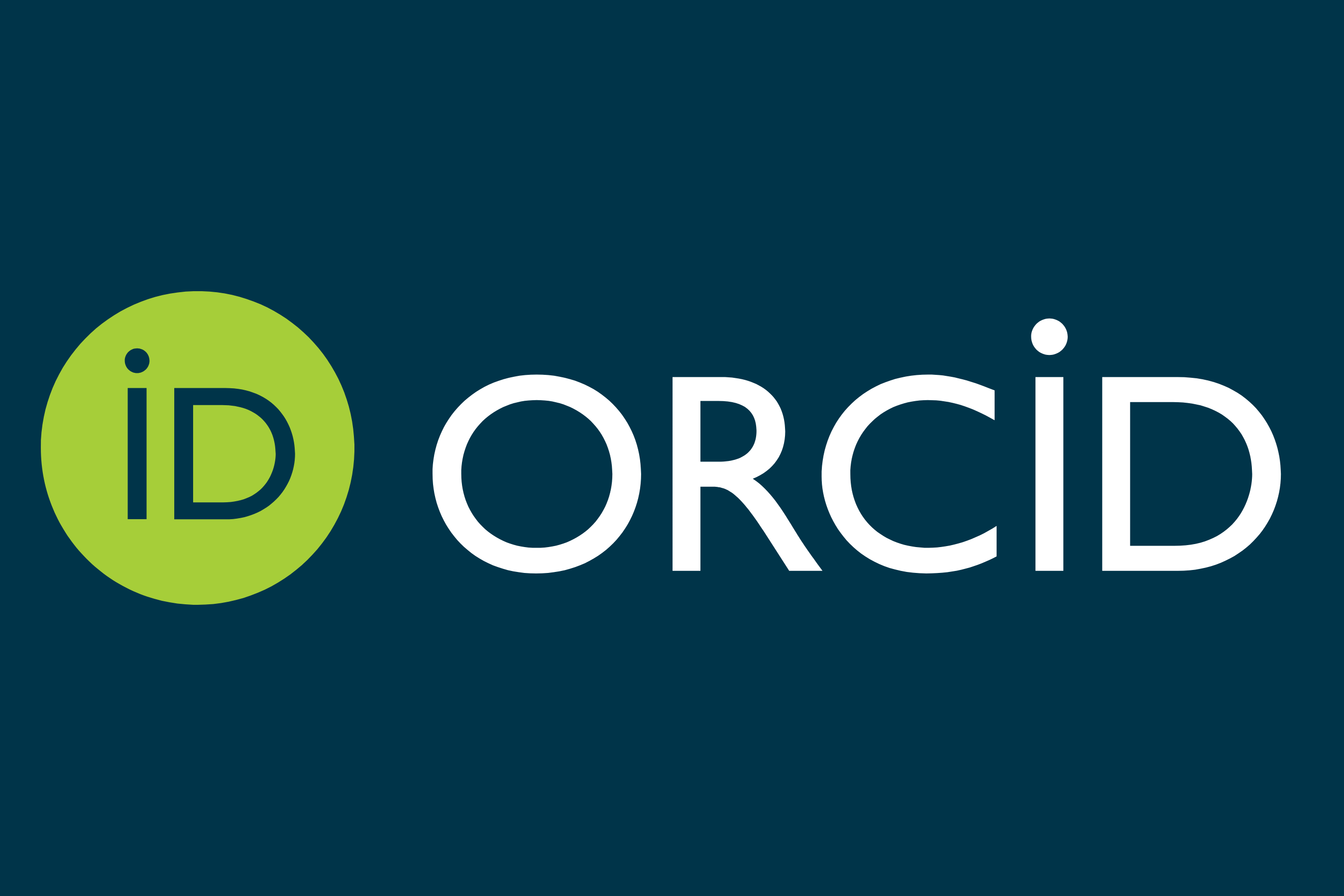توجهات المنظمات الصناعية في بناء فرق العمل الناجحة: حالة دراسية في شركة الفرات العامة للصناعات الكيمياوية
Abstract
The concept of a team is today well entrenched and has been adopted in organizations globally as a better approach to managing business. The question is now, ‘How do we make our teams more effective?’ If an organization wants to turn around poor team performance or to increase team efficiency, it is important to first understand the characteristics that standout in effective teams. Effective teams want team success, they realize the need to focus on group goals and rise above personal ambitions. Team members are secure in their individual capabilities and understand the reason why the organization constituted a team in the first place. They are able to work towards executing their role in line with the common goals of the team. They seem to realize that if they carry out their individual roles sincerely, personal recognition is bound to come their way. In other words, there is a good measure of ‘team spirit’ within the team. When there are obvious problems within a team, the output from the team naturally diminishes. The team is a group of professionals put together because their expertise and experience were found to be suitable for a particular business task. If they are not delivering the right output and matching the performance benchmarks that are expected of them, then it calls for a serious analysis of problem areas to find the appropriate solution.
Downloads
Downloads
Published
Issue
Section
License
The journal of Administration & Economics is an open- access journal that all contents are free of charge. Articles of this journal are licensed under the terms of the Creative Commons Attribution International Public License CC-BY 4.0 (https://creativecommons.org/licenses/by/4.0/legalcode) that licensees are unrestrictly allowedto search, download, share, distribute, print, or link to the full text of the articles, crawl them for indexing and reproduce any medium of the articles provided that they give the author(s) proper credits (citation). The journal allows the author(s) to retain the copyright of their published article.
Creative Commons-Attribution (BY)









